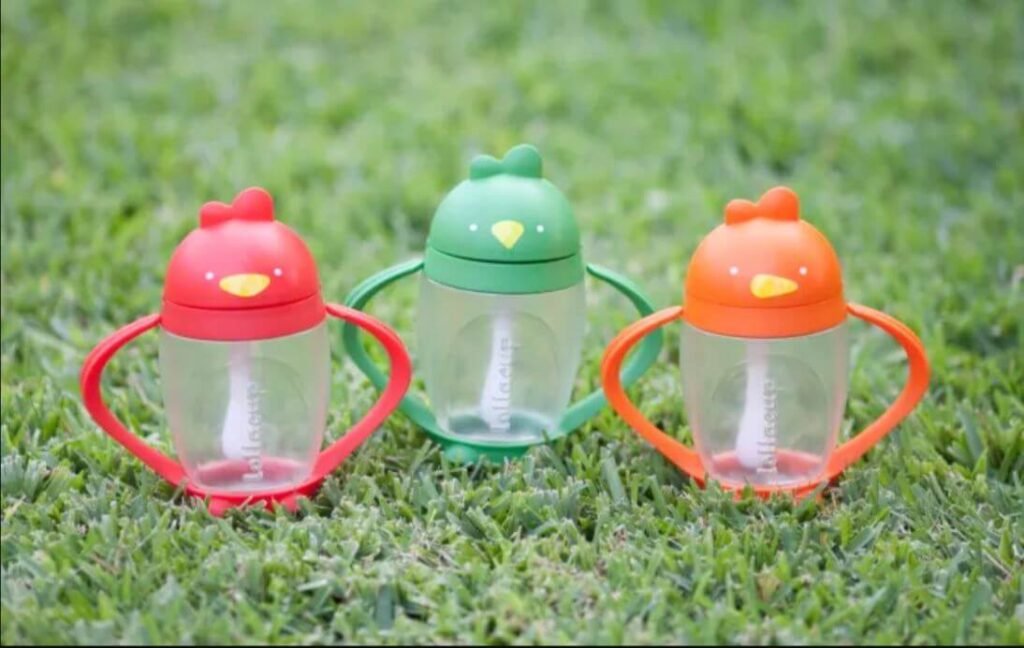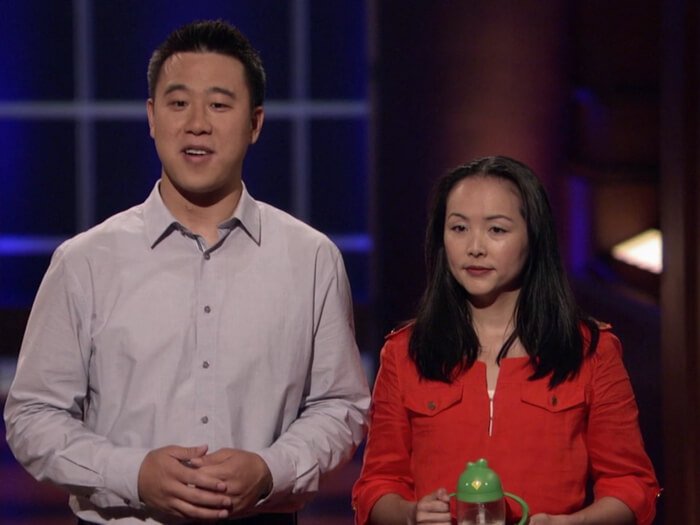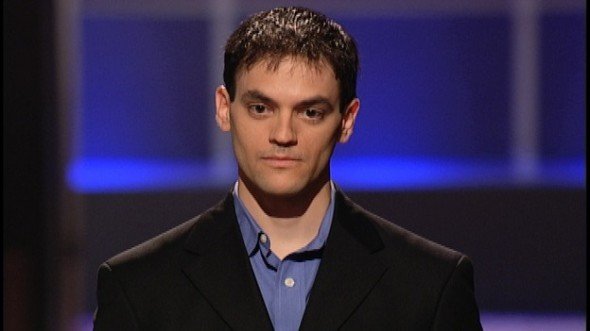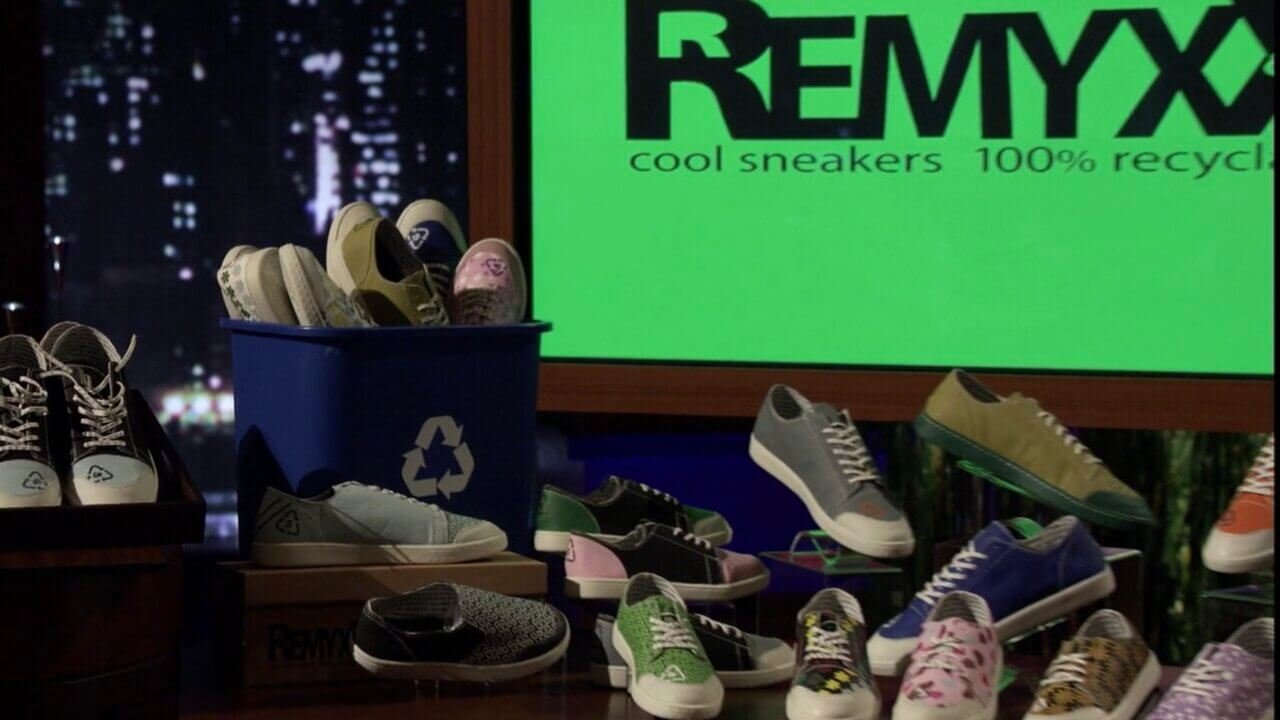They got a deal on Shark Tank… but did it actually matter for Lollacup? That’s the big question every founder and superfan secretly cares about—the moment after the confetti settles, are these businesses still standing? Or did they become just another where are they now? cautionary tale?
Let’s talk straight about Lollacup, the sippy cup that strutted onto Season 3, Episode 12, and see if it’s still holding water today. I’ve seen plenty of founders score airtime, win a handshake, and then vanish from shelves. But this story’s got all the twists: smart pitching, stubborn founders, high-stakes deals, and real grind after TV fame. Read on for the no-nonsense breakdown.
Contents
ToggleWho Created Lollacup?
Mark and Hanna Lim were just parents on a mission—trying to solve a headache every family hits sooner or later. They couldn’t find a toddler cup that checked three boxes: safe, easy to use, and not ugly. Most sippy cups either leaked, looked like cheap giveaways, or were impossible for little hands to master.
Like every resourceful parent, they did what entrepreneurs do best: quit feeling sorry and built a better solution. The Lims hustled hard—juggling day jobs, late-night prototypes, testing with their own kids, and countless visits to manufacturers. Trust me, it wasn’t pretty. But the pain built resilience before they ever set foot on Shark Tank’s carpet.

What Sets Lollacup Apart?
I’ll be blunt: the baby gear market is crowded, and most new products are just repackaged knockoffs riding a trend. Lollacup didn’t mess around—it had unique engineering and smart branding from the jump.
Here’s what actually made the Sharks perk up:
- Weighted Straw: The straw has a weight at the bottom—sounds simple, but it means even kids drinking sideways get every drop. No more tantrums or wasted juice.
- Valve-less Design: Kids hate the resistance from those anti-leak valves. Lollacup ditches them, so little ones can sip easy.
- BPA-Free, USA-Made: The Lims took a stand—no cheap, sketchy plastics, and they kept manufacturing local. Serious parents care about this.
- Looks Good: Sleek, colorful, and nothing like the tacky stuff in big box aisles. It screams “premium” without shouting.
This wasn’t just “yet another sippy cup.” It was aimed right at millennial parents hungry for better products and willing to pay for them.
How Did the Pitch Go Down?
If you’ve watched as many Shark Tank pitches as I have, you know the drill: some founders stumble, others spin PR fluff, and then rarely, you see a team who’s cool under pressure and knows their numbers cold. The Lims showed up dialed in.
They were asking for $100,000 for 15% equity. Not a crazy ask, but enough to make the room tense. The other numbers? $30,000 in sales over four months, $5,000 in current backorders, and a verbal $30,000 on deck for holiday orders. Not massive yet, but signs of life.
Shark by Shark?
- Lori Greiner: Out—she keeps it honest and said the baby market wasn’t her jam.
- Kevin O’Leary: Offered the $100,000, but wanted 50% and insisted production go overseas. He’s all about margins, but the Lims drew a line at moving manufacturing.
- Daymond John: Same 50% ask, with a weird catch—he wanted them to drop their sales agent.
- The Lims counter: How about 40% instead?
Mark Cuban and Robert Herjavec saw the potential and tag-teamed in. They offered $100,000 for 40%. The Lims bit at that. I’ve seen founders get too greedy and blow the room—this duo knew when to push and when to take the money.
What Was the Deal?
Final handshake: $100,000 for 40% equity, split between Mark Cuban and Robert Herjavec. Read that again—these are two Sharks with deep pockets and plenty of distribution muscle.
Here’s why this mattered: the Lims negotiated hard to hang onto their vision. No offshoring. No ugly cost-cutting. They wanted real partners, not just check-writers. In my book, that’s gutsy and strategic—deals built on values tend to last.
The headline? They got the cash, but more importantly, they kept control over quality and brand. That’s how you play the game long-term.

Net Worth and Financial Moves
Now for what you really care about: did this deal actually turbocharge Lollacup’s business, or was it just good TV?
Flashback to the pitch: $30K in sales, holiday order potential, and a founder team with hustle. Fast forward post-show: Lollacup scoops up national buzz, scales out of their garage, and grabs their own warehouse. That doesn’t happen unless revenue is bouncing north.
No official net worth number has been published (and most Shark net worth sites are just clickbait anyway). But here’s how you read between the lines:
- Moved to their own warehouse = they’re shipping real volume.
- Hired staff = payroll means predictable, growing sales.
- Websites like Lollaland.com and Amazon stock their products year-round.
- Expanded SKUs (new products) = confidence in both demand and margins.
This isn’t a one-hit-wonder story. The financials aren’t headline-grabbing like Bombas socks or Scrub Daddy’s wild numbers, but ask any CPG founder: a profitable, steady DTC business matters more than viral fireworks.
Where Is Lollacup Now?
Here’s where Lollacup comes up big. Most Shark Tank products vanish after their initial spike. Not Lollacup.
- Rebrand: They expanded into Lollaland so they could launch more children’s and family products buildings a brand instead of surviving on one SKU.
- Warehousing: Not outsourcing. They stood by their US-based fulfillment, giving them control and fast response to customer needs. That’s rare in baby goods.
- New Products: Bottles, mealtime kits, and accessories—without losing their core values (safe plastics, smart design).
- Staying Power: Lollaland is active on social, pushing new launches and engaging directly with customers. No radio silence here.
For founders craving proof after the Shark Tank spotlight, that’s what you look for: new products, owned infrastructure, direct customer relationships. It’s the opposite of short-term licensing or quick flips.
The Verdict: Did Lollacup Make It Big?
Let’s be honest: big is relative. Did Lollacup become a household name like Scrub Daddy or Bombas? Not quite. But did they grow beyond “Shark Tank” hype—launch more products, keep jobs in the USA, and create a sustainable business? Absolutely.
They survived the Shark Tank hangover—and I’d argue they outperformed 90% of brands that do a frenzied burst then stall out.
Here’s my take: the Lims cracked the real code. Stay true to your mission, say ‘no’ to shortcuts, use Shark Tank for platform and partnerships, not just cash, and play for the long game.
Would I call their company a runaway venture capital moonshot? Maybe not. But as someone who’s seen plenty of next big things crumble, I respect the Lollacup grind. This is a business with real staying power.
If you want to see a playbook on steady, smart growth in CPG, keep watching Mark and Hanna Lim.
FAQs: No-Nonsense Answers
1. Is Lollacup from Shark Tank still in business?
Yes. Lollacup, now known as Lollaland, is alive and kicking—with an expanded line of children’s products.
2. Who owns Lollacup now?
Mark and Hanna Lim still run the company. Sharks Mark Cuban and Robert Herjavec own a combined 40% equity.
3. Did the founders keep their manufacturing in the USA?
Absolutely. The Lims refused to offshore even when pressured by Sharks. It’s a non-negotiable part of their brand story.
4. What makes Lollacup different from regular sippy cups?
Weighted, flexible straw, valve-free sipping (so toddlers don’t struggle), BPA-free American-made plastics, plus a design both parents and kids want on the table.
5. How much money did Lollacup make after Shark Tank?
Exact numbers are under wraps, but new warehouses, added employees, and constant product growth mean Lollacup is profitable and sustainable.
6. Where can I buy Lollacup or Lollaland products?
Direct from Lollaland.com, on Amazon, and in select retailers nationwide.
7. Are Mark Cuban and Robert Herjavec still involved?
Yes. They remain investors, but the Lims are still hands-on in the day-to-day.
8. Did appearing on Shark Tank help their company grow?
Massively. Shark Tank publicity plus strategic capital helped them scale warehousing, add new products, and build lasting brand loyalty.
When you want the real Shark Tank business lowdown, not the TV gloss, check out deep-dive analysis like this at SharkWorth. We don’t just recap—we cut through the hype and show what happens when the spotlights fade. If you’re building, hustling, or just curious, this is the stuff that counts.










